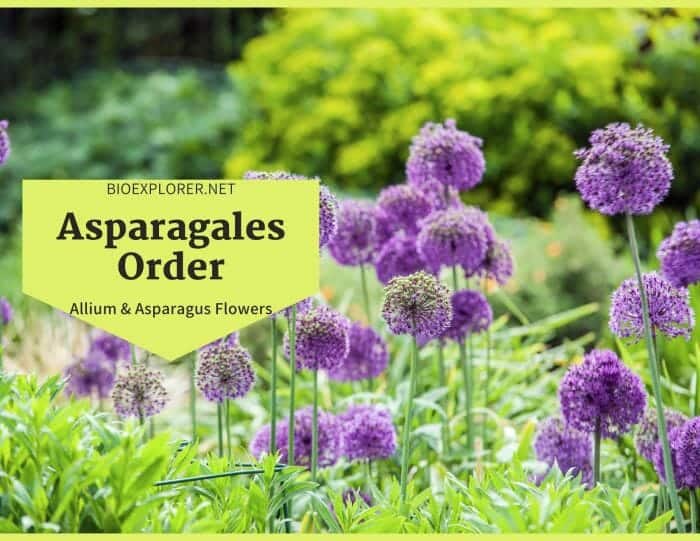
Asparagales is a monophyletic order that contains many species, including important crop plants such as Allium and Asparagus[1]. They also carry ornamentals such as irises and hyacinths.
The Asparagales order encompasses about 11,884,425 occurrences. The order currently contains 29 families, 1,122 genera, 49,606 species[2].
Table of Contents
Asparagales Pronunciation
Asparagales Distribution
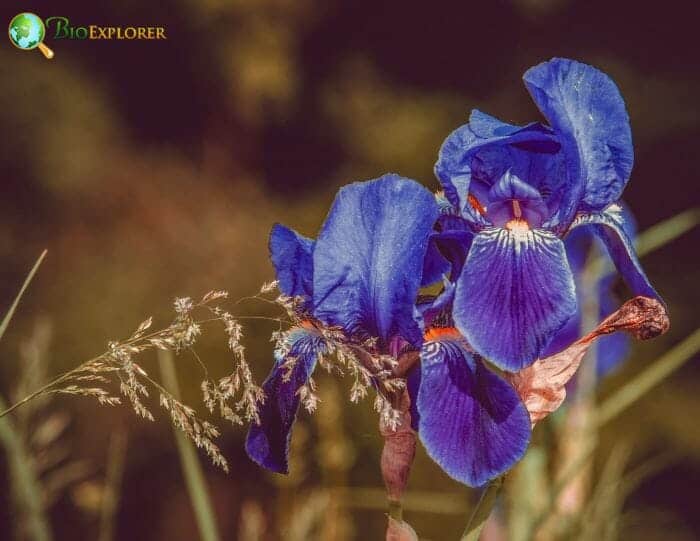
The Alliaceae and Amaryllidaceae families are found mainly in the Northern Hemisphere, South America, and South Africa.
| Agapanthaceae | Agapanthus flowers |
| Alliaceae | Allum flowers |
| Amaryllidaceae | Herbaceous bulbous flowering plants (Amaryllis) |
| Anemarrhenaceae | Anemarrhena Bunge |
| Anthericaceae | Desert agaves and yuccas plants |
| Aphyllanthaceae | Aphyllanthes monspeliensis |
| Asparagaceae | garden asparagus |
| Asphodelaceae | Asphodelus flowers |
| Asteliaceae | Astelia, Collospermum, Milligania, Neoastelia flowers |
| Behniaceae | Desert agaves and yuccas plants |
| Blandfordiaceae | Christmas bell flowers |
| Boryaceae | Borya and Alania (drought-tolerant flowering plants) |
| Convallariaceae | lilioid monocots |
| Doryanthaceae | gymea lily and giant spear lily |
| Eriospermaceae | lilioid monocots |
| Hemerocallidaceae | Hemerocallis flowers |
| Herreriaceae | Desert agaves and yuccas plants |
| Hostaceae | Desert agaves and yuccas plants |
| Hyacinthaceae | Hyacinthus (hyacinths), Hyacinthoides (bluebells), Muscari (grape hyacinths), and Scilla and Puschkinia (squills or scillas). |
| Hypoxidaceae | Hypoxis hemerocallidea (Herbal plants) |
| Iridaceae | Iris flowers |
| Ixioliriaceae | Siberian lily/lavender mountain lily |
| Lanariaceae | Cape Edelweiss / lambtails |
| Laxmanniaceae | Mat rushes |
| Orchidaceae | Orchid family flowers |
| Tecophilaeaceae | Hartweg’s doll’s-lily flowers |
| Themidaceae | cluster Lilies |
| Xanthorrhoeaceae | Grass tree flowers |
| Xeronemataceae | Poor Knights lily |
![]()
- Temperate and subtropical Africa, particularly southern Africa, is home to members of the Asphodelaceae family.
- Members of the Agavaceae are found in xeric to mesic environments, with many occurring in arid regions. They are found across the New World, from the central United States through Panama, Caribbean islands, and northern South America.
![]()
Asparagales Species
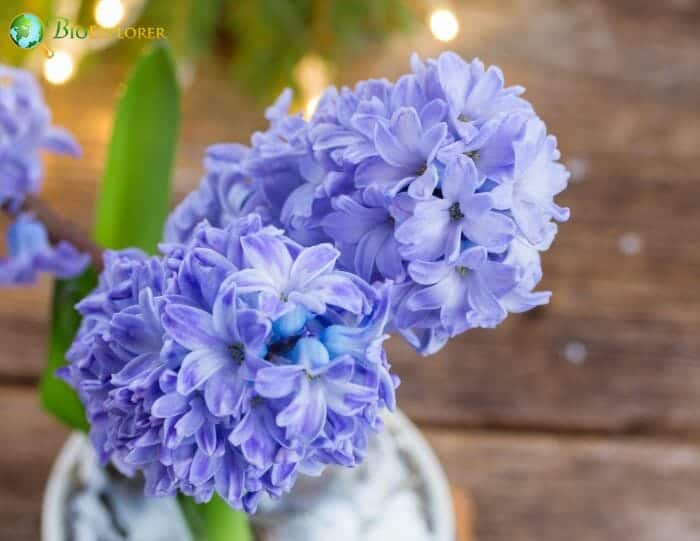
- The Alliaceae is a family of flowering plants, mainly distributed in the Northern Hemisphere, South America, and Southern Africa. They are essential food and flavoring products, including garlic (Allium sativum), onion (Allium cepa), leek (A. ampeloprasum), and chive (A. schoenoprasum).
- Asparagales order includes several notable species, including Agapanthus spp. (common cultivars), Asparagus officinalis (a vegetable), and several ornamental species, such as A. setaceus, “asparagus fern” and Hemerocallidaceae family’s Hemerocallis fulva (day-lily).
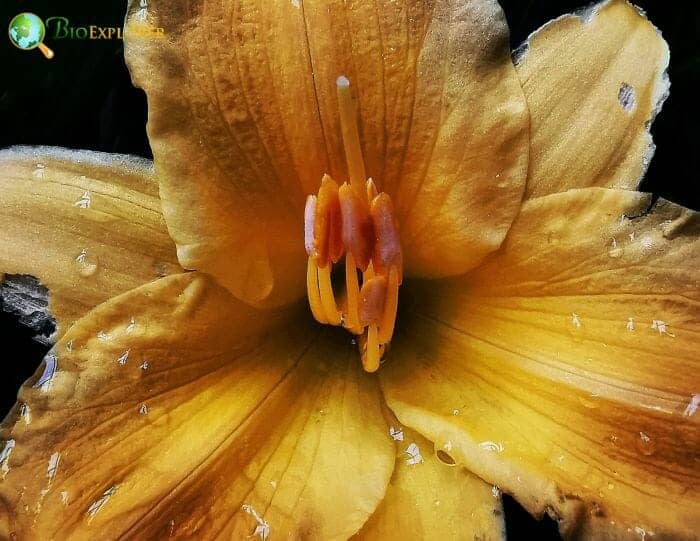
![]()
Asparagales Characteristics
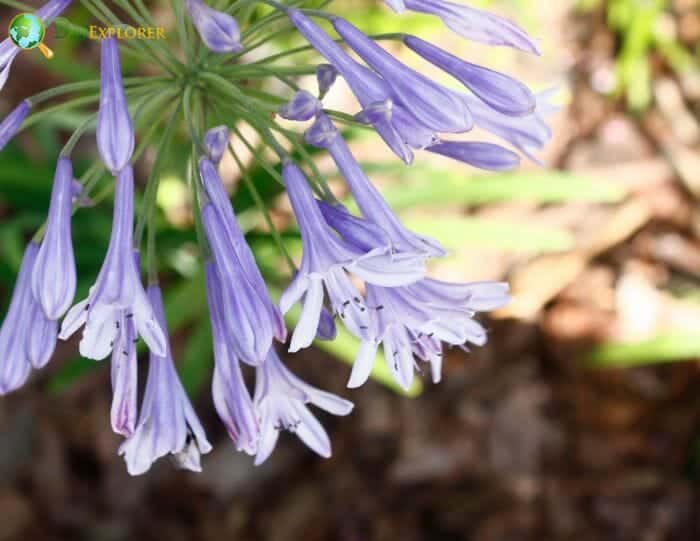
The following are the general features of this plant order:
- Members of Asparagales are usually perennial plants with fleshy to fibrous stems emerging from various subterranean storage or perennating organs.
- The leaves of Asparagales species are strap-shaped and feature parallel venation, as is typical of monocotyledonsWhat is monocotyledons?Angiosperm having only one cotyledon. Cotyledon is a seed leaf, the first leaf (or set of leaves) to appear during the early development of a seedling..
- A large proportion of members have seeds with a black material called phytomelan[3] in the seed coat.
- They exhibit simultaneous microsporogenesis.
- They have an inferior ovary[4].
- The fruits of Asparagales are mainly dry dehiscent capsules or berries, except for a few tropical members that contain juicy fruits.
![]()
Asparagales Flower’s Role in Reproduction
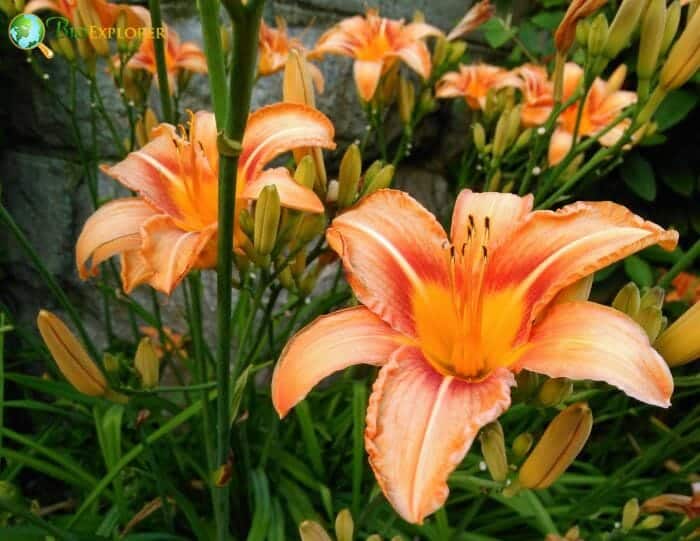
The diversity of insect pollinators (the primary animal pollinator of Asparagales) is broad, although the bee is the most common.
- Bright colors, contrasting markings (nectar guides), and often a pleasant odor are among the adaptations that flowers have acquired for this form of pollination.
- In certain Orchidaceae, such as Ophrys, the color and form of the labellum mimic a female bee of a specific species; the male bee pollinates the flower during pseudocopulation.
![]()
Asparagales Flower Structure
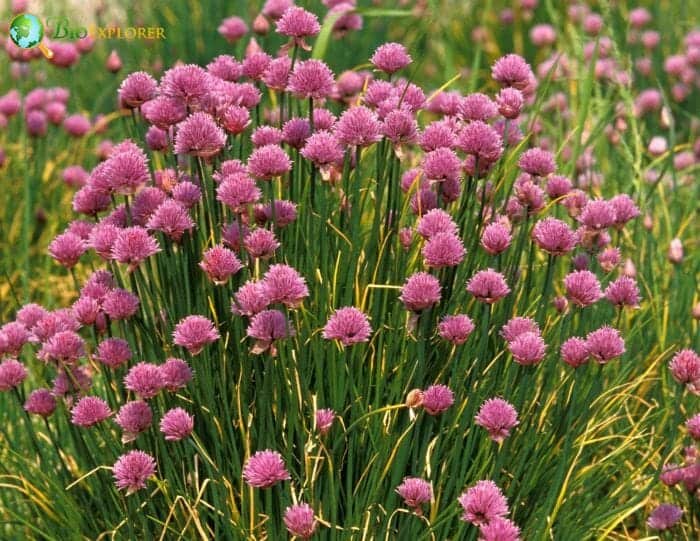
Asparagales blooms are typically noticeable and colorful.
- However, even when not big and vividly colored, the perianth’s inner and outer whorls are generally petal-like, missing the characteristic difference between a green calyxWhat is calyx?A collective term for all the sepals of a flower; the lowermost whorl of floral orgrans (Plural form is calyces). and a variegated corollaWhat is corolla?A collective term referring to the petals of a flower..
- The only difference between these two whorls is their location. The perianth segments are sometimes called tepals rather than sepals and petals.
- Most Asparagaceae have small, inconspicuous, white-to-greenish, radially symmetric (actinomorphic) flowers. Still, Orchidaceae, Amaryllidaceae, and Iridaceae have big, vividly colored blooms.
- In addition, some Amaryllidaceae have a corona, which is a petaloid extension of some or all of the tepals and is most visible as the trumpet section of narcissus blooms.
![]()
Asparagales Economic Uses
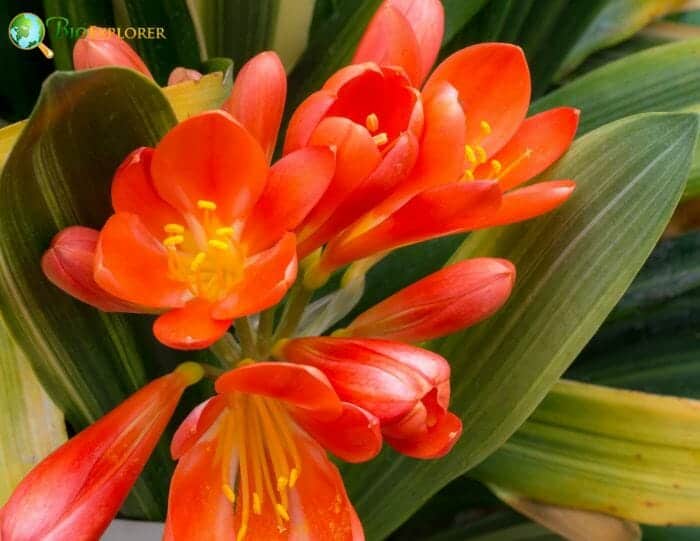
Many garden plants, bulbs, and cut flowers are found in Asparagales, the asparagus or orchid order of flowering plants.
- Spring-flowering Crocus and hyacinth (Hyacinthus) and thousands of various varieties of the summer-flowering Daylily (Hemerocallis) contain edible buds used in many East Asian cuisines, are among the most unusual plants in temperate gardens.
- Aloe is another tropical African genus with long, succulent leaves popular as a houseplant and used medicinally.
- Other Asparagales plants with edible portions include the onion (Allium cepa), garlic (Allium sativum), and its cousins the leek (Allium porrum) and shallot (Allium sativum) (A. cepa, variety aggregatum).
- In addition, asparagus (Asparagus officinalis), a highly appreciated vegetable, and saffron, a spice made from the stigmas of the Crocus sativus plant, are also important species of this order.
- Finally, vanilla flavoring, derived from the fruit of the Vanilla orchid, is also a member of Asparagalesthat is worth noting.
![]()
















